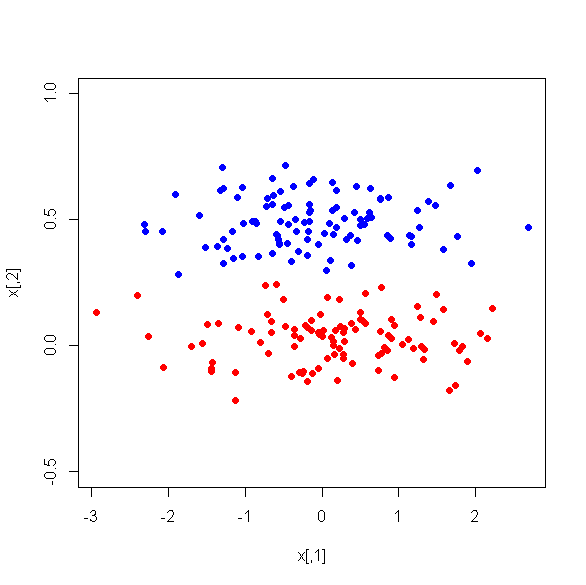I ran PCA on 17 quantitative variables in order to obtain a smaller set of variables, that is principal components, to be used in supervised machine learning for classifying instances into two classes. After PCA the PC1 accounts for 31% of the variance in the data, PC2 accounts for 17%, PC3 accounts for 10%, PC4 accounts for 8%, PC5 accounts for 7% and PC6 accounts for 6%.
However, when I look at mean differences between PCs among the two classes, surprisingly, PC1 is not a good discriminator between the two classes. Remaining PCs are good discriminators. In addition, PC1 becomes irrelevant when used in a decision tree which means that after tree pruning it is not even present in the tree. The tree consists of PC2-PC6.
Is there any explanation for this phenomenon? Can it be something wrong with the derived variables?

